You are cordially invited to the following seminars presented by the delegates from NSF-Columbia University on 12 August, Friday from 9.30am. Venue: Level 5, seminar rooms.
Seminar 2 10.00am to 10.30am
Presenter Prof Christopher Jacobs
Talk Title “Primary Cilia Biomechanics Regulates Mechanosensing and Bone Regeneration”
Primary Cilia Biomechanics Regulates Mechanosensing and Bone Regeneration
Christopher R. Jacobs, Professor of Biomedical Engineering Department of Biomedical Engineering
Columbia University, New York
Cellular mechanosensation is critical in diseases responsible for enormous human suffering including atherosclerosis, osteoarthritis, cancer, and osteoporosis. Nonetheless, very little is understood about the molecular mechanisms of mechanotransduction outside of a small number of specialized sensory cells. Primary cilia are solitary linear cellular extensions that extend from the surface of virtually all cells. For decades, the biologic function of these enigmatic structures was elusive, however, recent evidence suggests an emerging picture in which the primary cilium functions as a complex nexus where both physical and chemical extracellular signals are sensed and responses coordinated.
In our laboratory we have shown that primary cilia act as mechanical sensors in bone and that conditional deletion of primary cilia lead to mechanosensing defects. Recently, we developed a novel combined experimental/modeling approach to determine the mechanical properties of primary cilia. We found a wide variety of previously unreported deformation modes. Interestingly, both the cilium itself and its anchorage to the microtubule cytoskeleton alter their structure in response to physical loading, suggesting structural adaptation or “remodeling”. We have also developed novel molecular biology tools to elucidate the details of mechanically activated ciliary signaling pathways. For example, we have created a cilia-directed biosensor that has allowed us to distinguish intraciliary from intracellular calcium signaling. We have also developed a method for distinguishing the roles of the cytoplasmic and ciliary pools of proteins that are found in both compartments. In summary, primary cilia are non-linear, richly varied, mechanical structures (biomechanics) as well as structurally adaptive (mechanobiology). Simultaneously they are a biochemical microdomain where signaling events are catalyzed, enhanced, and integrated.
Biography
Dr. Christopher Jacobs received in PhD in Mechanical Engineering in 1994 from Stanford University and served as a faculty member there until 2008 when he joined the Biomedical Engineering Department at Columbia University. The goal of his lab is to investigate cellular mechanosensing, particularly in the skeleton, with tightly coupled integration of advanced theoretical mechanics and modern molecular biology. He has made discoveries in terms of the mechanical signals that bone cells sense and respond to and how these responses are communicated and integrated between cells. This has directly brought them to their current research question, understanding novel mechanisms for how these signals are transduced at a cellular level. Most recently his lab has identified primary cilia, enigmatic structures found in virtually all cell types, as a mechanosensor both in vitro and in vivo. They are currently investigating the mechanisms of intracellular signaling initiated by primary cilia with novel molecular biology strategies and relating those events to primary cilia biomechanical behavior and properties. To date he has been awarded over $7.5 million from federal and state agencies including for individual investigator projects, as well as $9.5 million in center grants. He has published over 100 peer-reviewed papers, 2 books, and 9 book chapters. He is the senior author of the innovative textbook “Introduction to Cell Mechanics and Mechanobiology”, which has been adopted in 35 courses with an enrollment of over 850 students worldwide since it publication in 2013. He has received research awards from the European and American Societies of Biomechanics, and was the winner of the Skalak Award for the best paper published in 2015 in the Journal of Biomechanical Engineering. He was the 2014 recipient of the Van C. Mow medal from the American Society of Mechanical Engineers.



